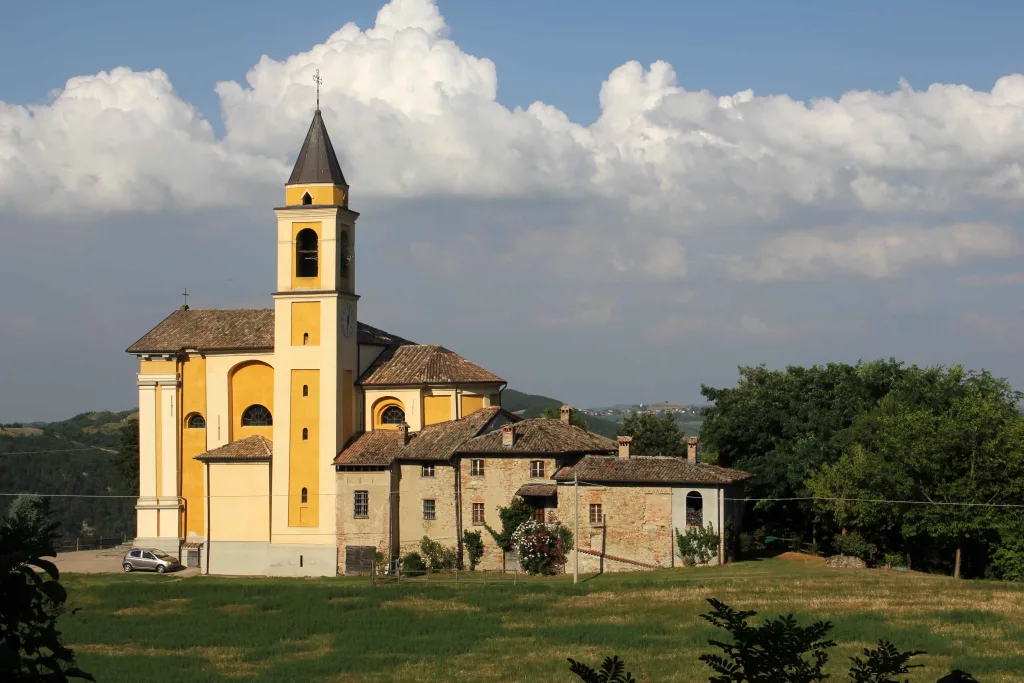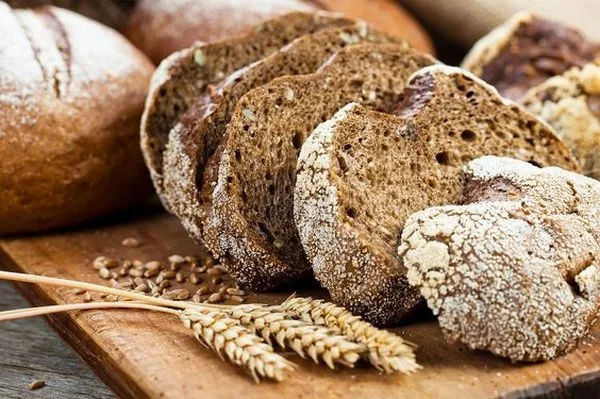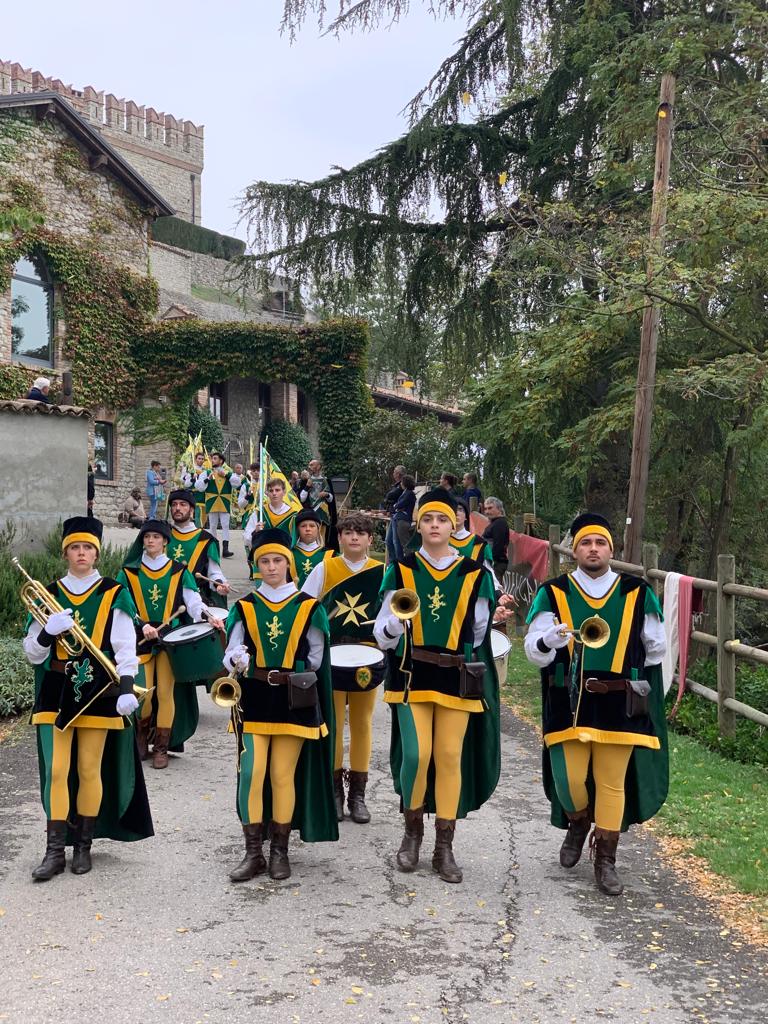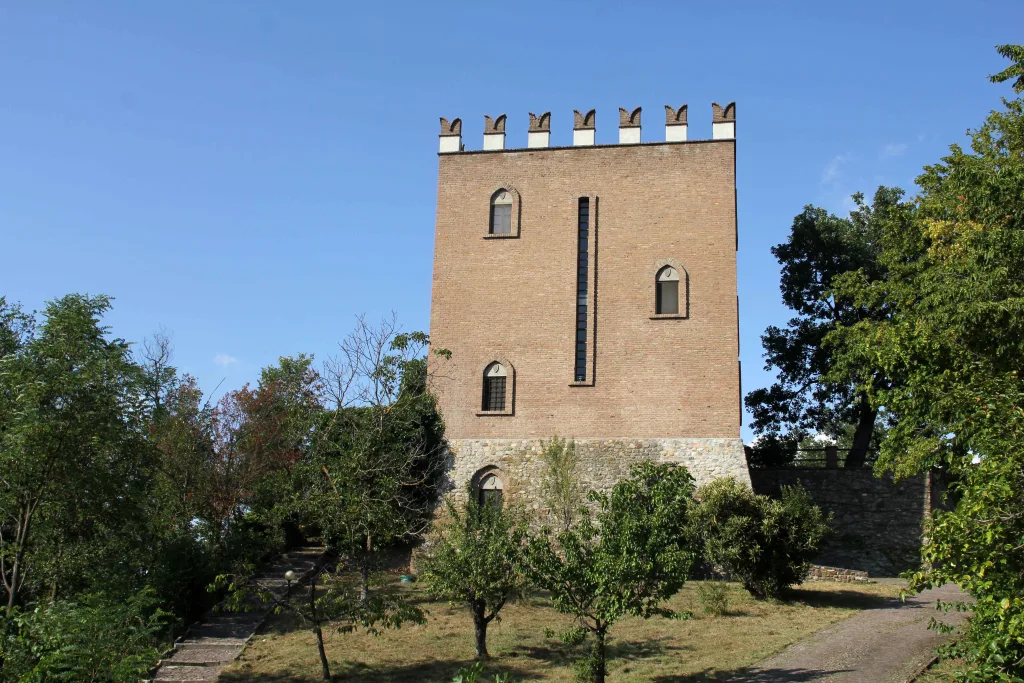Montesegale stands on a panoramic hill in the Ardivesta valley, about eight kilometres from Godiasco. The Latin origin of the name, Montesicalis, is linked to the widespread cultivation of grasses in the area.
An ancient fortress at the centre of feudal disputes
The castle, in a strategic position, has been the subject of disputes between various noble families and has changed hands several times over the centuries. Initially belonging to the Gambarana family from Milan, it later passed to the Palatine counts of Lomello. Built as a checkpoint, it was equipped with a defence fortress between 1200 and 1330. In 1415 during a clash between the Gambarana and Visconti families the castle was destroyed, but during the 17th century it was restored and transformed into a noble residence.
Today the castle, with its crenellated profile, is privately owned. The castle walls, a fortress and a tower can be admired. Inside is the Museum of Contemporary Art, which regularly hosts exhibitions by contemporary artists.

Places of worship
Places of worship include the 16th century church of Saints Cosmas and Damian, the church of Sanguignano, seat of a lay abbey of the Counts of Gambarana from 1699, the church of Languzzano and the small stone church of Zuccarello, built in 1651, a resting place for Benedictine monks on their way to the hermitage of Sant'Alberto di Butrio.

City of Bread and Typical Flavours
The area's deep-rooted bread-making tradition has made Montesegale, together with 21 other municipalities throughout Italy, a founding member of the National Association of Bread Cities. The association's objective is the protection and promotion of typical products and the production territory.

In the Montesegale area there are two De.Co. (communal denomination) for leavened products: Pansegale, an ancient recipe with sourdough, walnuts and hazelnuts, almonds and dried figs, and Trêsa, a typical Oltrepadana loaf baked in terracotta ovens.
But the flavours of Montesegale are not limited to bread alone: there is also Varzi D.O.P salame.a sausage of Lombard origins, the Mundiöla, a tasty sausage to be paired with a lively Oltrepò wine, Salàam da cöta, a pork sausage with the addition of pork rind, salt and spices, and finally the almond-based Torta di Montesegale.
The San Damiano Fair
Montesegale and its castle come alive every year on the fourth Sunday of September, during the San Damiano Fair, with medieval re-enactments, games and shows. Medieval games and shows are one of the most eagerly awaited moments of the fair, with exhibitions, ancient weapons tournaments, duels, juggling shows and medieval dances. During the fair, the village streets are filled with stalls offering typical local products and handicrafts.

In addition to the fair, Montesegale also offers natural beauty to be discovered. Thanks to its privileged position on a panoramic hill, one can enjoy spectacular views of the surrounding Ardivestra valley.
The ancient springs
Scattered throughout the hamlets of Montesegale are four ancient municipal fountains. The first, Fonte di Languzzano, is in the hamlet of Pogiolo. The second, Fonte di Case del Molino, is located in the hamlet of the same name, while in the hamlet of Bregne we find Fonte di Sarsego and Fonte









